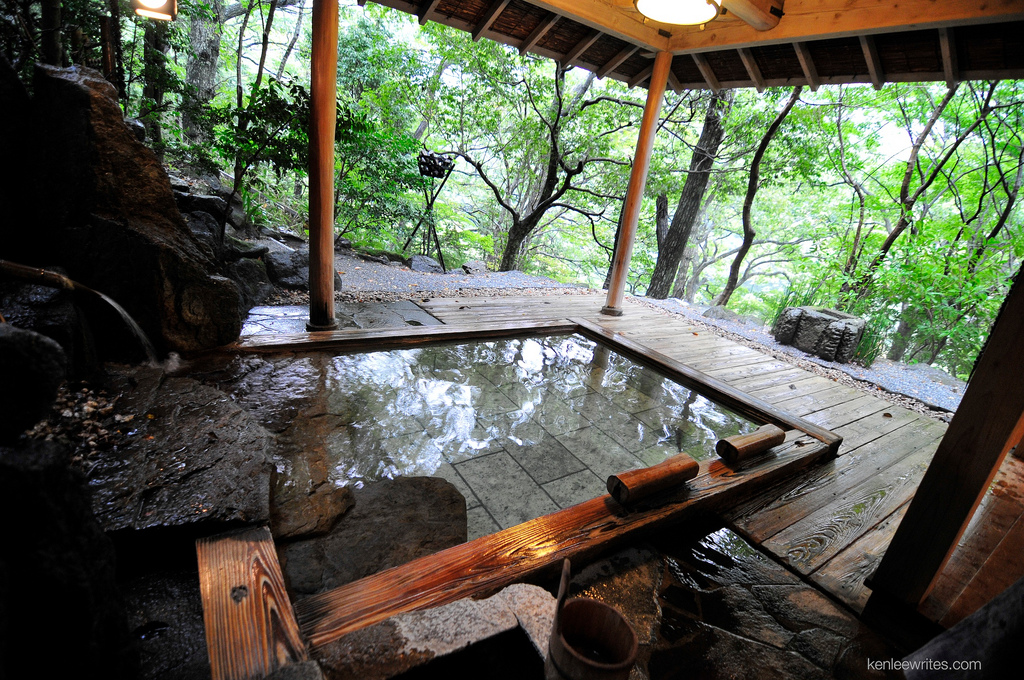Japan to promote geothermal via revision of feed-in tariff system
While maintaining its policy of promoting the use of renewable energy, the Japanese government is trying to correct the system’s current overemphasis on solar power and foster geothermal.
In a news piece from Japan it is reported that the country’s government wants to revise its feed in tariff system which currently pits too much of an emphasis on solar power. The government will revise the current feed-in tariff system, which requires power companies to purchase electricity generated by solar power and other renewable energy sources at fixed prices, to make utilities buy more electricity from geothermal power generation, sources said.
While maintaining its policy of promoting the use of renewable energy, the government is trying to correct the system’s current overemphasis on solar power, to control the rise of electricity rates by lowering the feed-in tariffs for solar power.
Geothermal power is said to be economical in price and stable in supply.
The government plans to begin discussions on the revision Wednesday at the meeting of a subgroup of the Advisory Committee for Natural Resources and Energy under the Economy, Trade and Industry Ministry, the sources said. It intends to decide on a final course by the end of this year.
Japan has many volcanoes, and is said to have the world’s third-largest amount of geothermal resources. There are geothermal power stations at 17 locations in regions such as Tohoku and Kyushu. Compared to solar power generation, geothermal generation can produce electricity in a more stable manner regardless of weather conditions and with lower costs. But new geothermal generation facilities have not been developed, the sources said.
Since solar power generation takes only about one year for development, solar plant operators have already won most of the rights to use power grids owned by major power companies. This leaves few rights for operators of geothermal plants, which take about 10 years to develop.
Also, a huge number of businesses have applied for solar power generation because of the high feed-in tariffs set by the government. Consequently, the government has approved a capacity of 69 million kilowatts for solar power generation, compared to only 10,000 kilowatts for geothermal power.
Since the proportion of solar power, the supply of which is unstable, is becoming too large, there are more and more cases in which major power companies have refused to purchase additional electricity generated by solar power due to fears of possible problems with their supply of energy.
That has prompted the government to give priority to geothermal power generation. The government will drastically review the current feed-in tariff system in the near future, the sources said.
The current system was started in 2012 to promote the use of renewable energy sources. Since geothermal power generation is said to cost less than solar power generation, the purchase price of electricity generated by a large geothermal power plant is 20 percent less than that of electricity produced by solar power. If the percentage of electricity from geothermal generation increases, it is expected to suppress electricity rate hikes.
Electricity generated geothermally accounts for only 0.3 percent of all the electricity used in Japan in 2012. The government aims to raise this figure to 1 percent by 2030, the sources said.
Source: Japan News


















